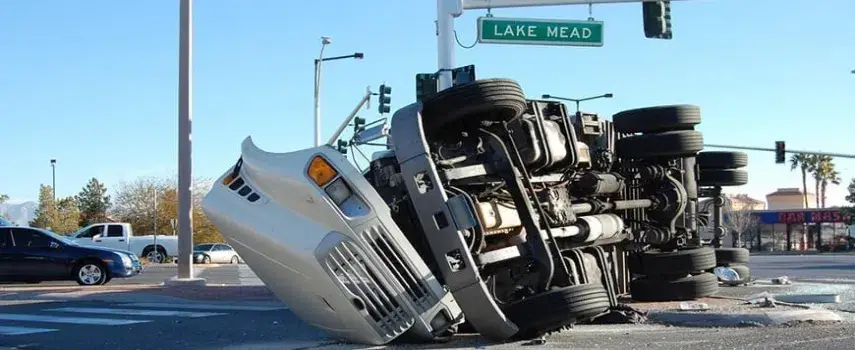Finding out Who is at Fault in an Intersection Accident can be difficult. Generally, these cases involve multiple parties. As with most things, witnesses will often recall the events differently. This means that the same people can have very different versions of the same event. The case below illustrates one such instance.
Start With The Facts When Understanding Who is at Fault in an Intersection Accident
In March of 2007, a woman drove her vehicle on 60th Street in Brooklyn. The defendant struck the woman at the intersection of 60th Street and Third Avenue. The defendant previously traveled south on Third Avenue. The force of the impact redirected the woman’s vehicle southbound onto Third Avenue. It then struck a stanchion supporting the Gowanus Highway. As a result of the accident, the woman sustained serious physical injuries. As you will see, it ended up taking a trial to determine who was at fault.
The injured woman commenced this action against the City of New York and the defendant driver. The plaintiffs alleged that the City negligently failed to properly inspect and discover that the traffic light at the subject intersection was defective. The victim pointed to the angle of the light. They claimed that the city improperly turned the traffic lightat a 45–degree. The light appeared to control traffic traveling both westbound on 60th Street and southbound on Third Avenue.
The Trial of Who is at Fault in an Intersection Accident
The case proceeded to a jury trial. This meant that the jury needed to find out Who is at Fault in an Intersection Accident. At the conclusion of the trial, the jury found that the City 75% at fault for the accident. They also found the injured plaintiff 25% at fault. Finally they found the defendant driver was not negligent. The jury awarded damages to awarding the principal sums of $225,000 to the injured woman for past pain and suffering, $262,500 to the injured woman for future pain and suffering, and $37,500 to the woman’s husband for loss of services. The City moved to set aside the verdict, which the lower court denied. The City appealed.
The Appeal

The Second Department ruled against the defendant. The Court held the verdict was not contrary to the weight of the evidence. The Second Department held that, “a jury verdict should not be set aside as contrary to the weight of the evidence unless the jury could not have reached the verdict upon any fair interpretation of the evidence.”
They added: “when a verdict can be reconciled with a reasonable view of the evidence, the successful party is entitled to the presumption that the jury adopted that view.” Here, the Court held that a fair interpretation of the evidence, which included testimony from a nonparty witness who worked at an auto body shop located on Third Avenue between 60th and 61st Streets that the subject traffic light had been turned at an angle two to four months prior to the accident and that he had called 311 to report the condition, supported the jury’s verdict that the City was 75% at fault in the happening of the accident.
Accordingly the Appellate Division held that, the lower court properly denied that branch of the City’s motion which was pursuant to CPLR 4404(a) to set aside the jury’s verdict as contrary to the weight of the evidence. The Verdict in Who is at Fault in an Intersection Accident – the defendant. If you have been injured in a similar accident, do not hesitate to contact a reputable law firm that can aid you in going through this complicated process.

